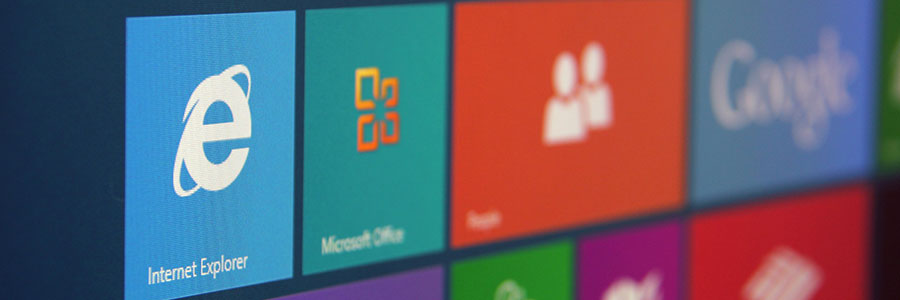Microsoft’s Windows 10 has had the same level of acceptance and success as Windows 7 did. It’s not a perfect operating system though, as users are complaining about its intrusive privacy settings that are on by default. Get your privacy back by following these tips on tweaking its default settings.
Turn personalized advertising off
For those unaware, Windows 10 assigns each user an “advertising ID” that it uses to personalize your ad experience based on your recent browsing history. If you’re okay with seeing generic ads targeted to you based on demographics rather than your ID, we recommend turning this feature off. Here’s how to do it:
- Click on the magnifying glass symbol next to the Windows logo, at the bottom left of your screen.
- Next, type in “Privacy” — click on Privacy Settings, and select General.
- Turn off the option that states “Let apps use my advertising ID for experience across apps”.
- Lastly, open your web browser and go to this link. Once there, turn off the “Personalized ads wherever I use my Microsoft account” and “Personalized ads in this browser” options.
This resets your ad ID, letting you surf the web without the targeted advertisements.
Disable Cortana
Voice-controlled digital assistants have become big business. Microsoft aims to capitalize on this market with Cortana, an incredibly resourceful built-in assistant that allows to you quickly set reminders, schedule events and send email, among many other intuitive features. It uses the information it collects similar to how Google’s Android-based assistant does it. However, it can become overbearing at times.
- To turn it off, click on the Cortana icon on the taskbar, followed by the notebook icon on the left-hand side of the pop-up panel.
- Click on Settings, which should present you with the option that says, “Cortana can give you suggestions, ideas, reminders, alerts and more”; you can actually just click the On/Off toggle, too.
Once disabled, the Cortana option disappears and you’re now presented with a search bar, which you can use to search for things online or on your desktop.
Stop peer-to-peer file sharing
With P2P file sharing enabled, Windows 10 shares downloaded updates to your PC with other Windows 10 users by default. This helps other users update their systems faster, and speeds up your upgrade downloads, as well. However, if you are unhappy with your files being utilized by other users, you can turn it off.
- Head over to Settings once again.
- Click on Update and Security > Windows Update > Advanced Options > Choose how updates are delivered.
- By default, the option “Updates from more than one place” is on, followed by two options: “Distribute updates only to PCs on local network,” and “Shut off P2P updates entirely”.
- If you want to disable this feature entirely without worrying about specifics, then move the toggle to Off.
If you want to share your files with PCs on your in-house network only, leave this option on and select the option that says “PCs on my local network.” For more detailed instructions on how to stop P2P updates, click here.
Blunt Microsoft’s Edge
Microsoft Edge is chock-full of features — such as Cortana Integration and typing prediction — which may make you uncomfortable, since all the features send data back to Microsoft. To turn off these intrusive functionalities, open Edge and click on the menu icon in the far right corner (three dots).
Once in, click on View Advanced Settings. There you have the option to disable Adobe Flash — which stops those Flash cookies from going anywhere. You’ll also encounter a bunch of settings you might want to disable under the “Privacy and Services” section.
These simple security tips will stop Microsoft from tracking your online activities for good! Don’t hesitate to contact us today for all matters security-related.
